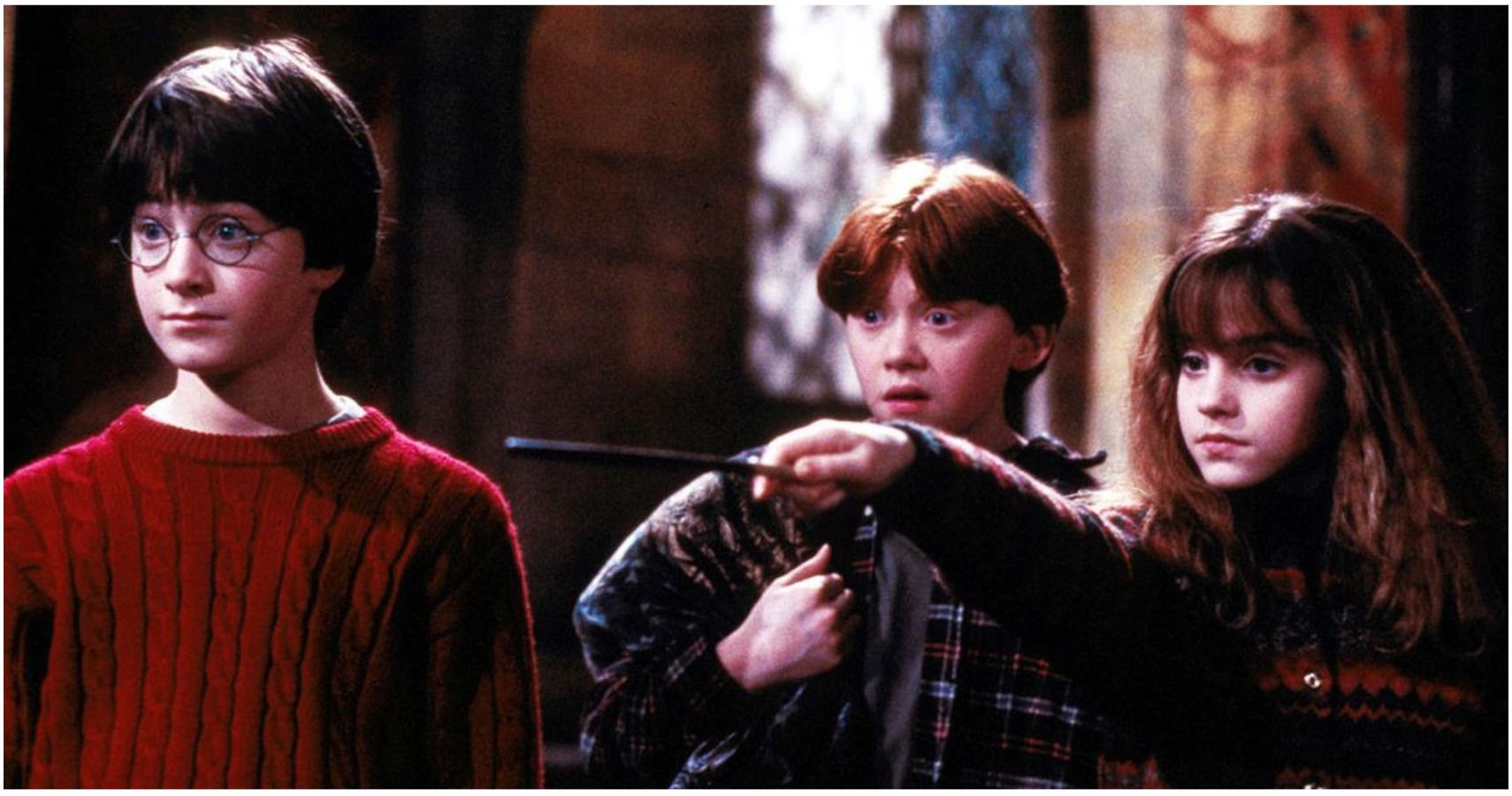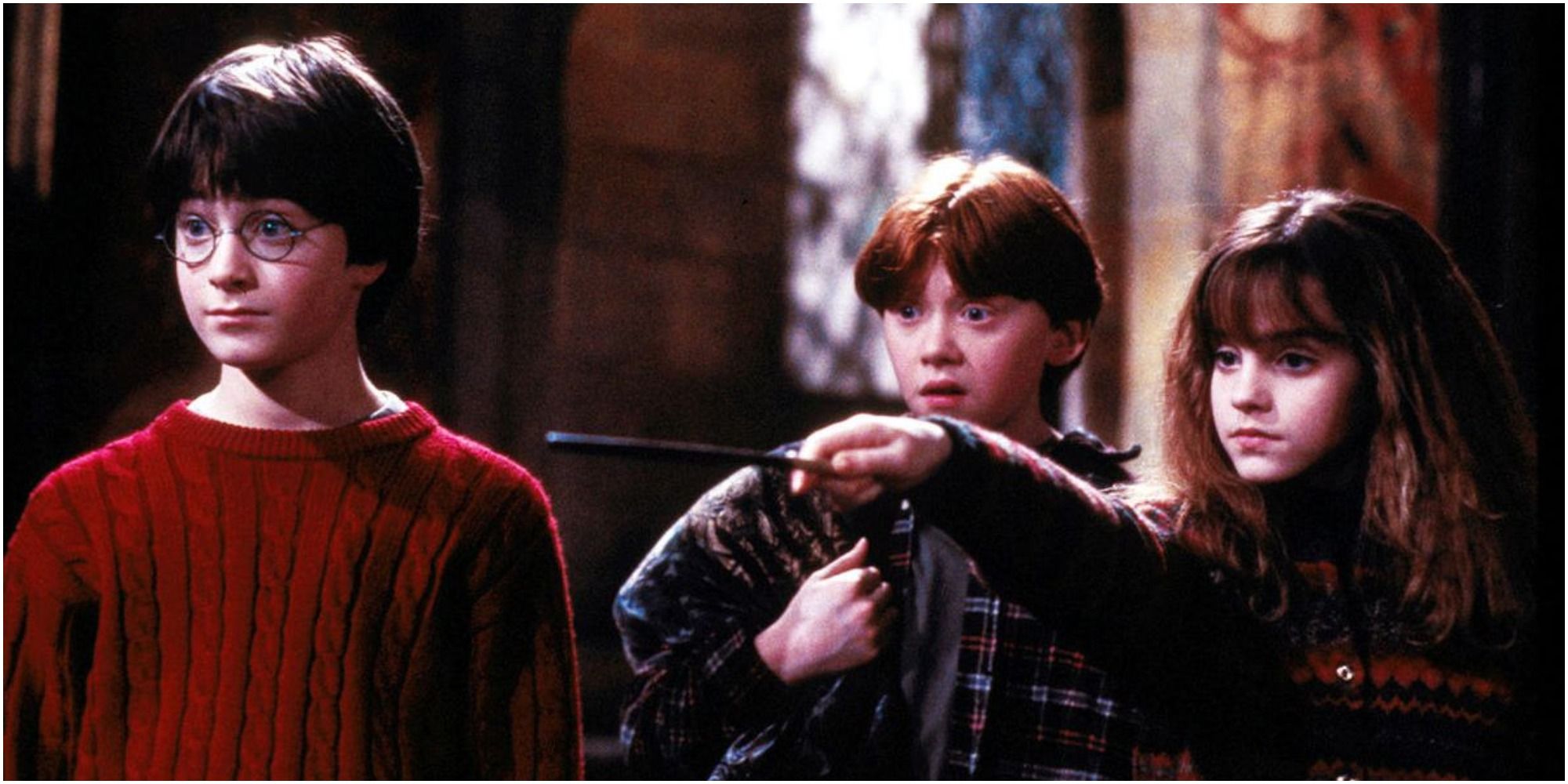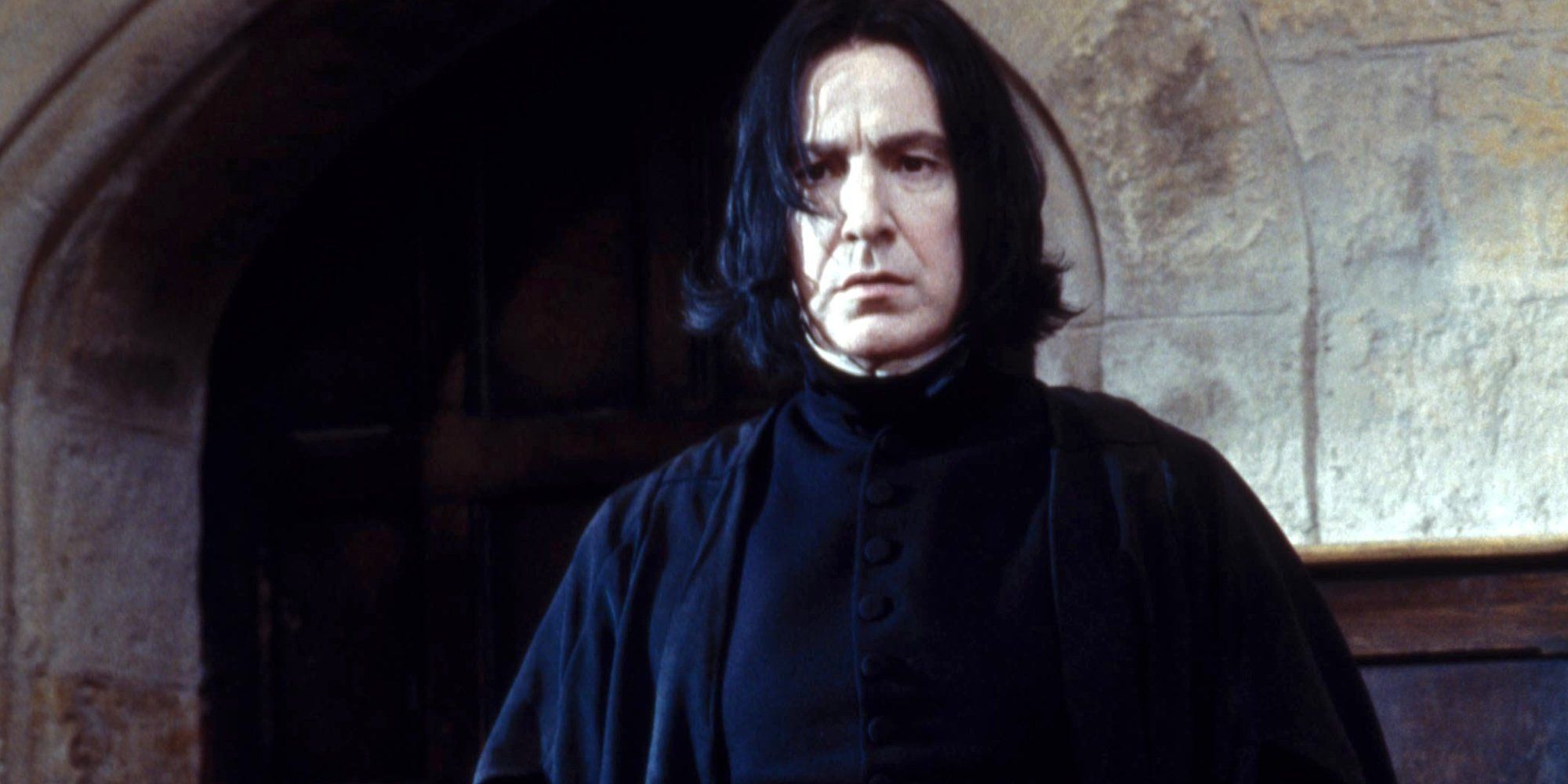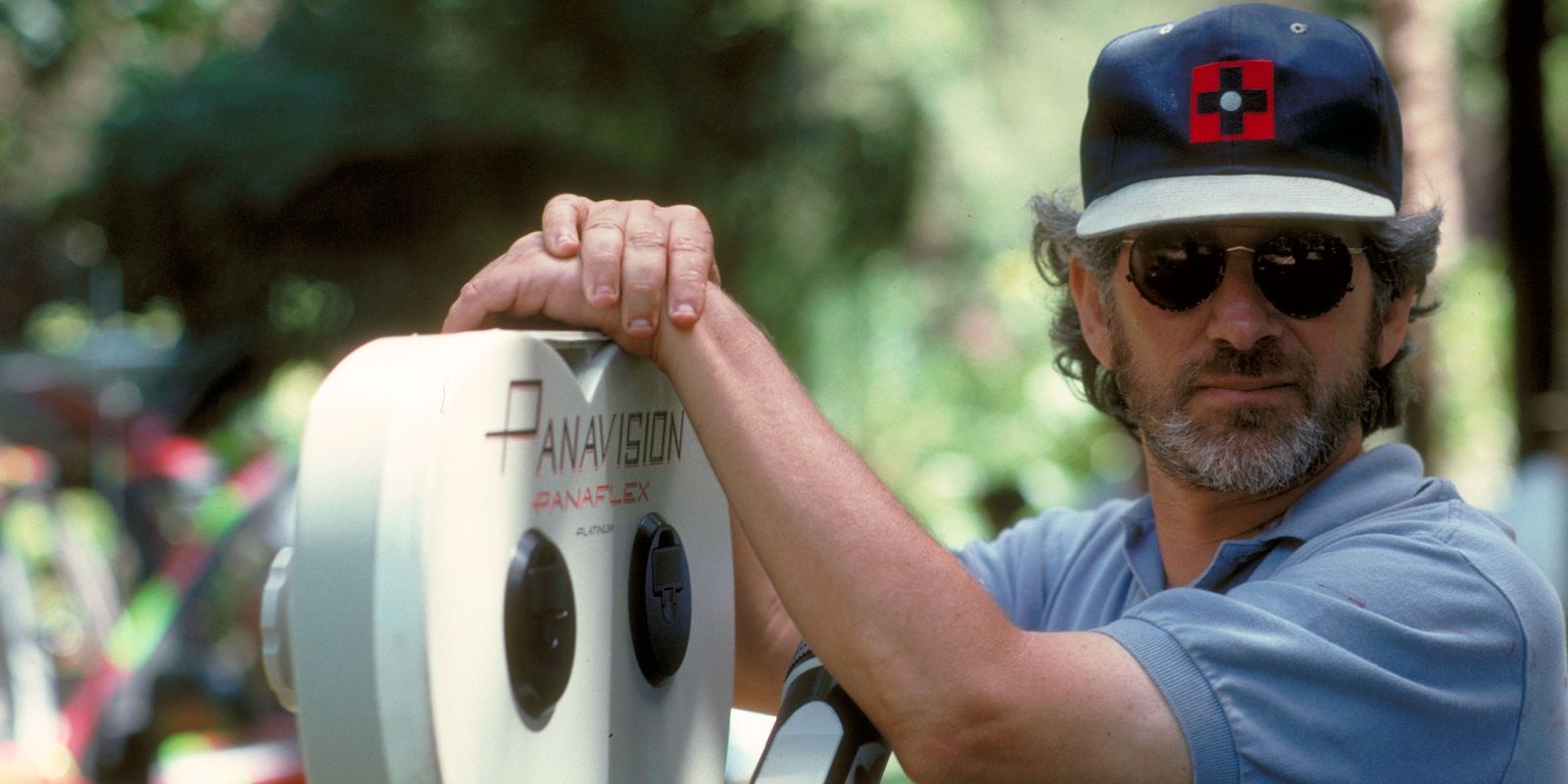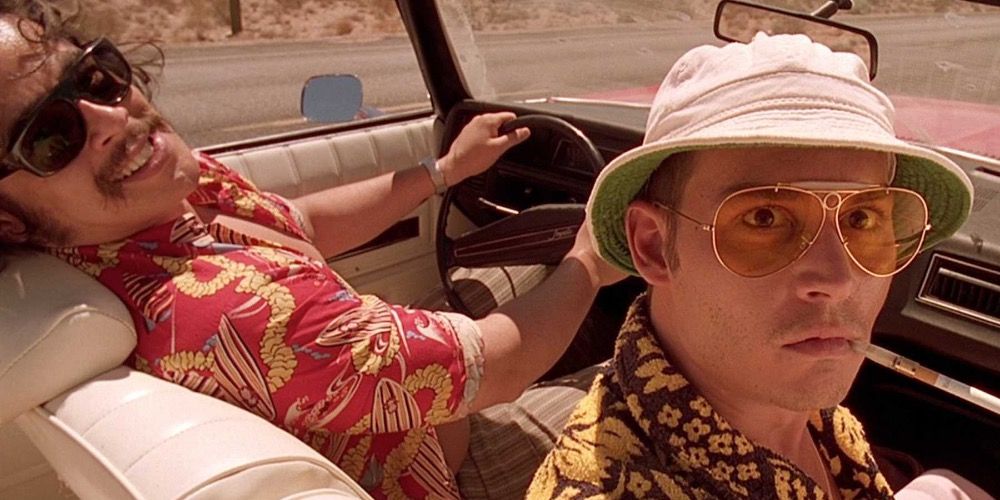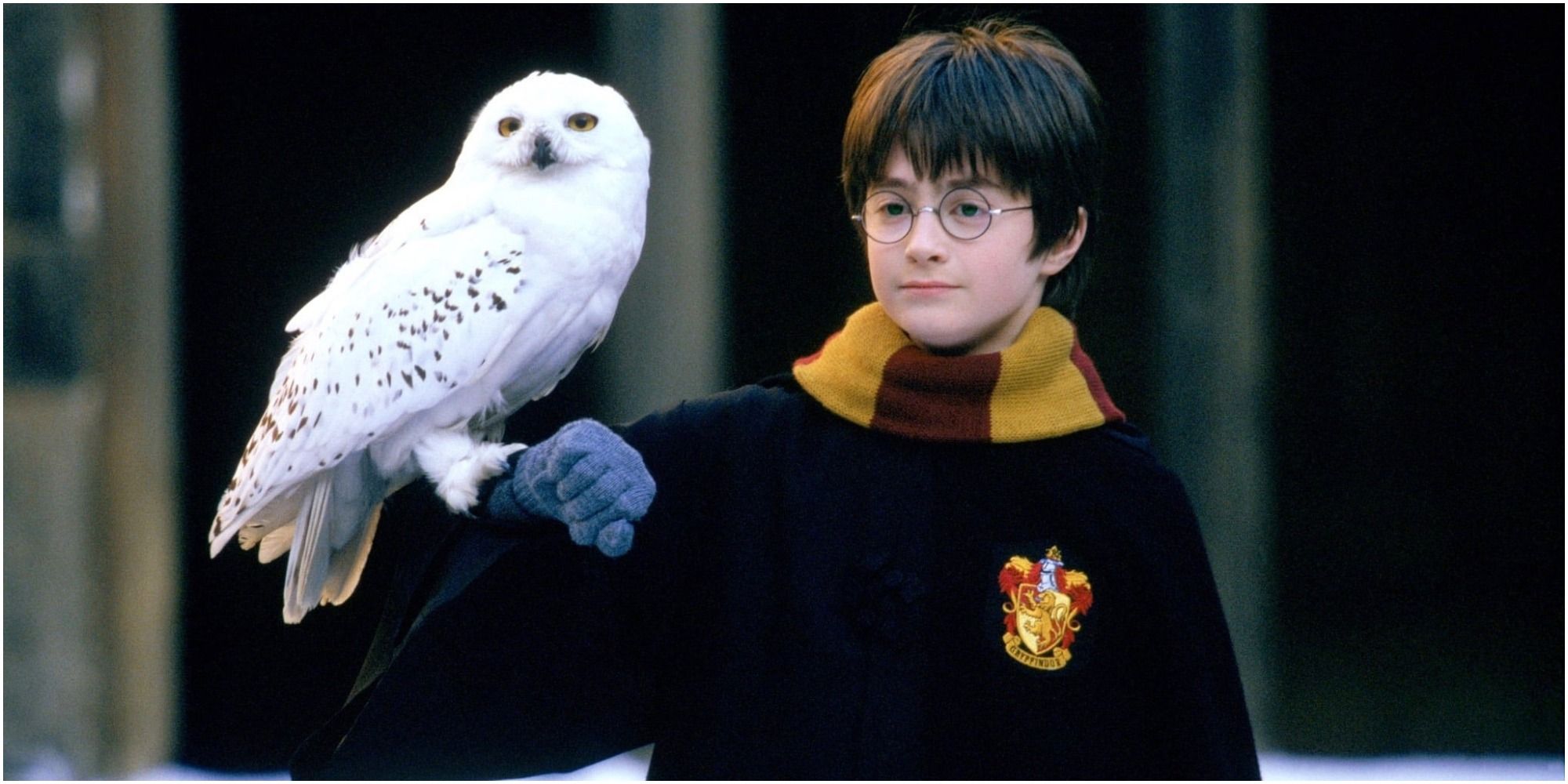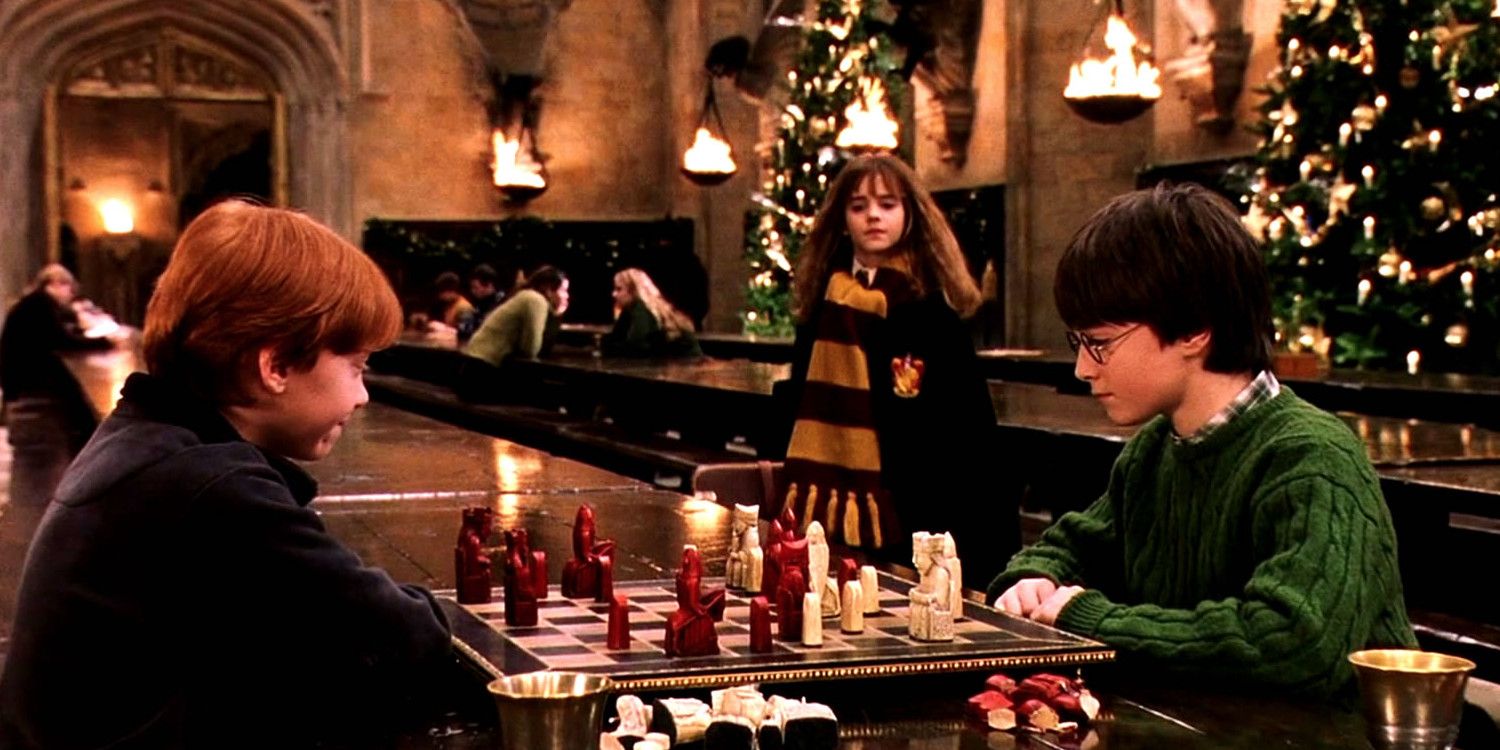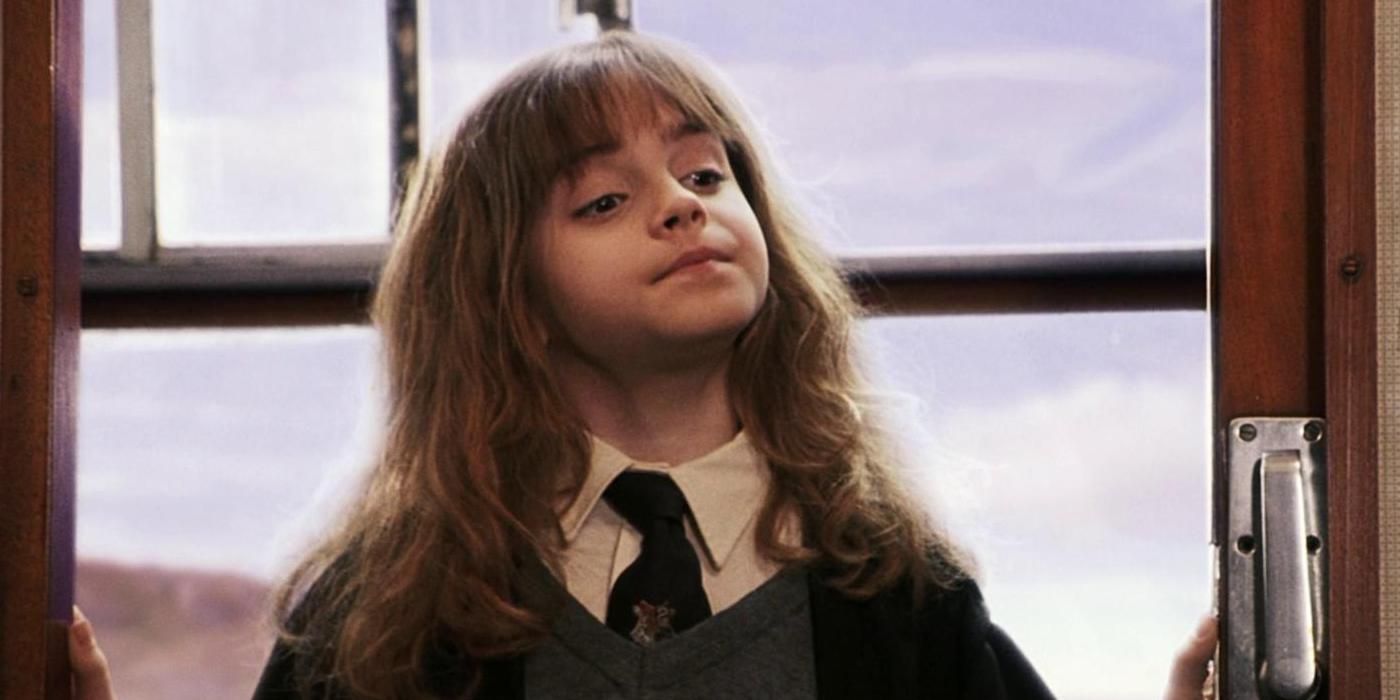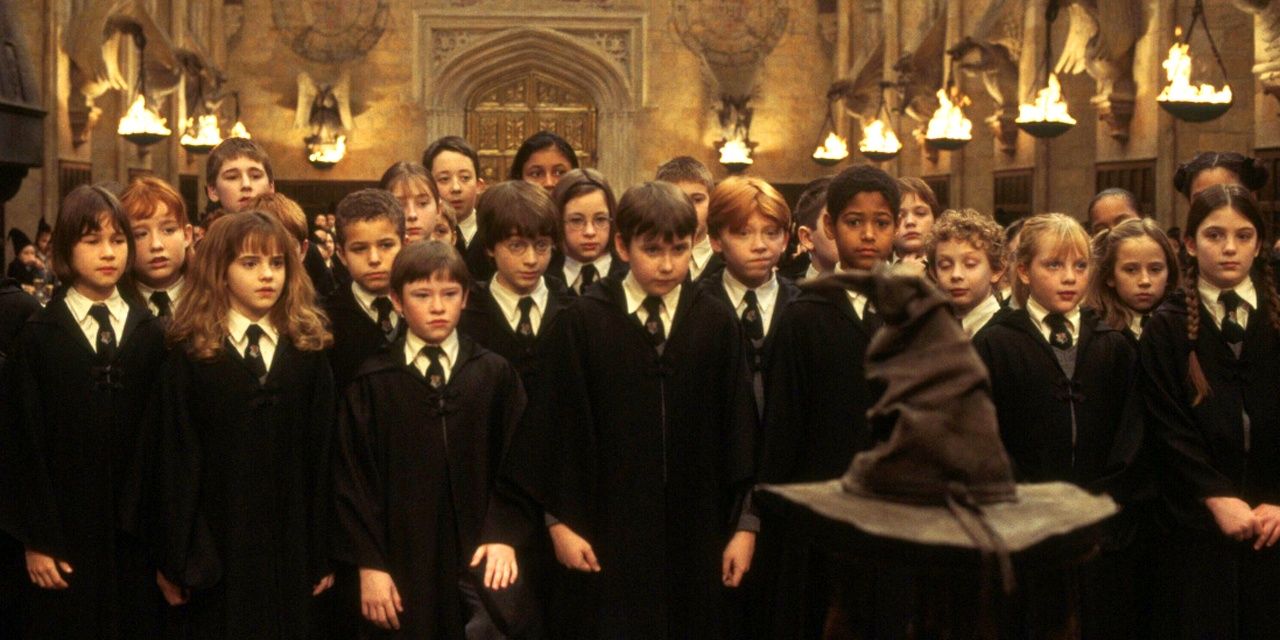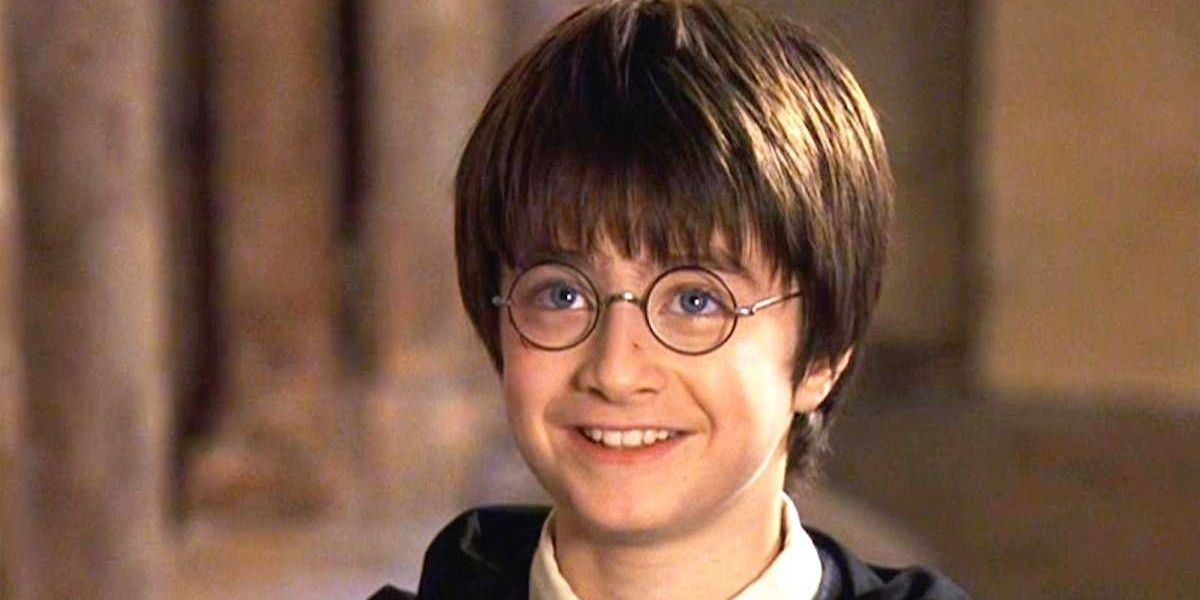Harry Potter and the Philosopher's Stone is one of the most influential movies of our time. While the filmmaking would eventually grow and mature from its foundation, the original gave rise to the Harry Potter film series and established various precedents for the franchise going forward.
Director Chris Columbus and his team of filmmakers had a huge and wildly important job on their hands, not to mention an unimaginably difficult one. Bringing a secret magical world to life would be no easy feat, and, by the sounds of things, it wasn't.
Everything Was Passed Through Rowling
Despite the movie faithfully adhering to the plot, characters, and tone of J.K. Rowling's book, everything that director Chris Columbus and writer Steve Kloves did needed to be passed through her. She was consulted when it came time to cutting material from the book, and she was consulted when they added additional dialogue to the movie.
In one case, she even had to put the kibosh on a specific line of dialogue, as it reportedly clashed with something that happened in Harry Potter and the Order of the Phoenix.
The First Four Books Were Purchased At Once
Producer David Heyman wanted to adapt a popular children's franchise, and his staff suggested buying the incredibly popular Harry Potter franchise. By 1999, three books in the series had been published: Sorcerer's Stone (1997), Chamber of Secrets (1998), Prisoner of Azkaban (1999). The fourth novel, Goblet of Fire, was on the way and scheduled for release in the summer of 2000. Warner Bros. purchased the movie rights for all four books, paying Rowling an estimated £1 million. That's about $1.3 million, which, in 2020, would be just over $2 million.
Steven Spielberg Wanted To Direct
Harry Potter seems the perfect material for Steven Spielberg. It contains the magical whimsy that his best movies are known for, and he would have brought a brilliant technical craft to the film.
However, his ideas were a little too "out there." Spielberg wanted to make an animated movie, and, if that wasn't an option, to incorporate elements from the other books into The Philosopher's Stone. He eventually declined the offer, likely based on creative differences, and moved on to A.I. Artificial Intelligence.
Rowling Wanted Terry Gilliam
After Spielberg dropped out, the numerous choices were mainly shaved down to Chris Columbus, who would eventually get the job, Alan Parker, Brad Silberling, and Terry Gilliam. J.K. Rowling wanted Gilliam, as she was a big fan of his previous work.
Included in his filmography is Monty Python and the Holy Grail, Brazil, 12 Monkeys, and Fear and Loathing in Las Vegas. He nearly got the job, but Warner Bros. eventually went with Columbus owing to his past work on more family-friendly material like Home Alone.
The Production Was Initially Rushed
Warner Bros. saw dollar signs with their upcoming movie franchise, and what better window to release the movie than the July 4 weekend? Movies make big bucks over the summer holiday, and Warner Bros. wanted Harry Potter and the Sorcerer's Stone within that window.
However, this short production time proved a major nightmare for prospective directors, and some of them dropped out of consideration owing to the logistical disaster that would be making the movie. It was eventually pushed back to November.
The Three Stages Of Auditions
As one can imagine, finding the right Harry, Ron, and Hermione would prove quite a challenge. As such, the casting director put the kids through a rigorous audition process involving three separate stages.
The first stage saw them reading a page from the book. After that, they improvised a scene involving their characters' arrival at Hogwarts. Finally, the third stage involved reading a few pages of the script directly in front of Chris Columbus.
The Casting Director Left Out Of Frustration
Naturally, this rigorous audition process resulted in a lot of pent up anger and frustration. Susie Figgs served as the original casting director, and it was her responsibility to work with both Chris Columbus and J.K. Rowling to find the perfect kids.
However, Columbus proved a perfectionist and quickly irritated Figgs. By July of 2000, they still hadn't found any children, despite auditioning thousands. She eventually resigned as casting director, frustrated with their lack of progress.
Child Labor Laws Were Changed For The Movie
Harry Potter proved such a prospective success that everyone wanted a piece of history. Two major film officials from the United Kingdom approached the producers and asked them to consider the UK as a filming location. They so desperately wanted the movie filmed there that they offered a few enticements.
They would give the filmmakers access to the massive Leavesden Studios, they would secure real locations for filming, and they would alter the child labor laws to allow for more filming hours and on-set classes. They agreed, and Harry Potter had a filming location.
Harry Potter And Paganism
Leavesden Studios was great and all, but the filmmakers still needed castle shots for exterior locations. They approached Canterbury Cathedral as a possible filming location, but they turned Warner Bros. down, allegedly owing to "the story's themes of paganism."
No matter, as Warner Bros. had a ton of other options. They eventually settled on numerous real castles, including Alnwick Castle, Gloucester Cathedral, Harrow School, Durham Cathedral, and Oxford University.
Harry Was Supposed To Have Green Eyes
One of the biggest criticisms of the Harry Potter movies is the inconsistency in eye color between Harry and Lily. It wouldn't be a big deal if it wasn't for the constant mentioning of Harry having Lily's eyes. Harry is explicitly mentioned as having Lily's green eyes in the novels, yet Daniel Radcliffe's are blue.
The filmmakers originally planned to give Harry green eyes by making Radcliffe wear colored contacts. However, they irritated his eyes to such an extreme degree that the filmmakers consulted with Rowling and asked if Harry's eyes could be blue. Rowling relented for the sake of Radcliffe's comfort.

